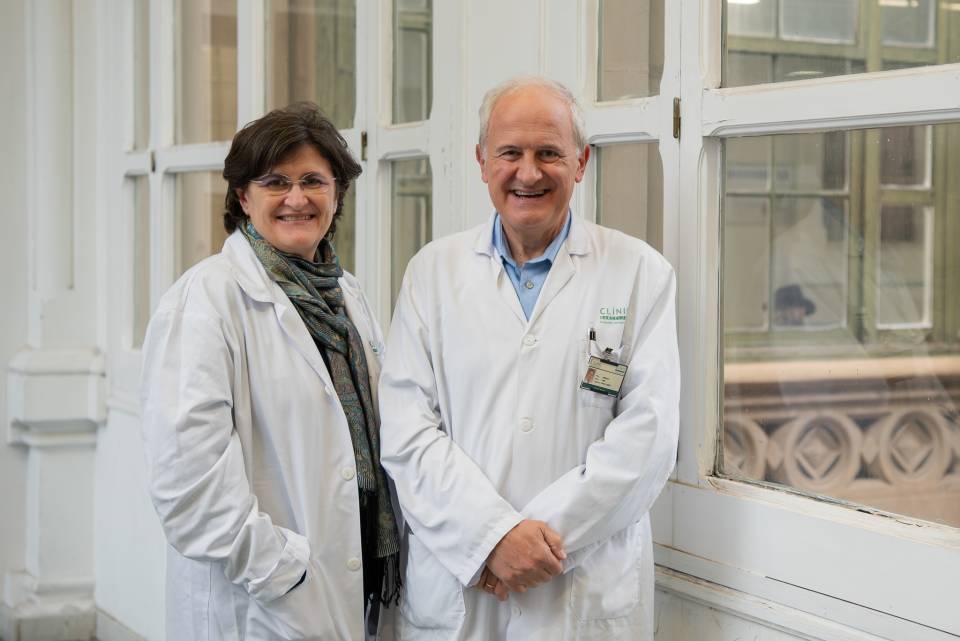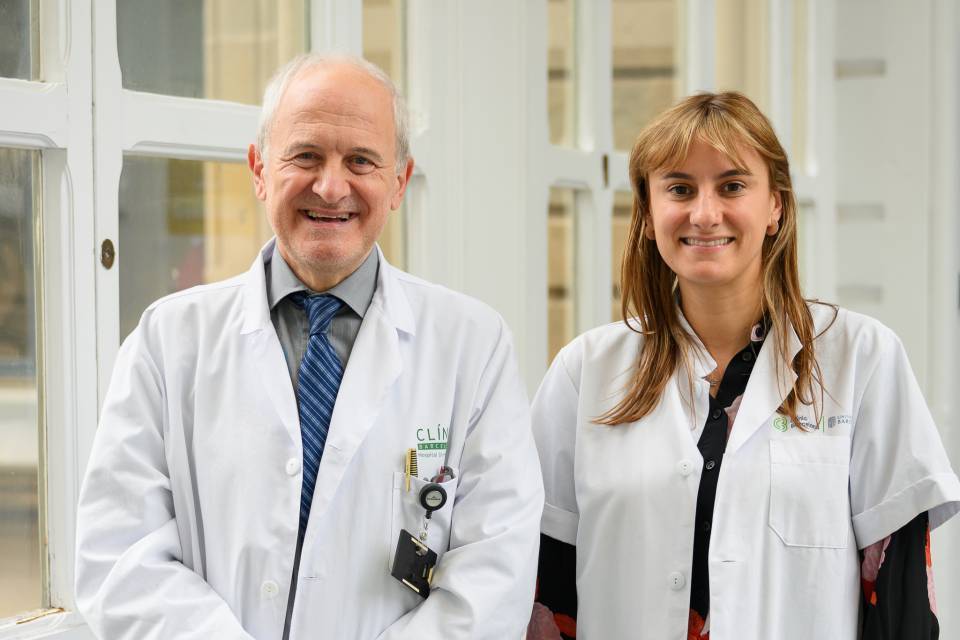Substantiated information by:

Isabel Graupera Garcia-Milà
Hepatologist Senior Specialist
Hepatology Service

Marta Cervera Carbonell
Nurse
Hepatology Service

Pere Ginès Gibert
Hepatologist
Hepatology Service
Published: 19 August 2022
Updated: 26 August 2022
The donations that can be done through this webpage are exclusively for the benefit of Hospital Clínic of Barcelona through Fundació Clínic per a la Recerca Biomèdica and not for BBVA Foundation, entity that collaborates with the project of PortalClínic.
Subscribe
Receive the latest updates related to this content.
Thank you for subscribing!
If this is the first time you subscribe you will receive a confirmation email, check your inbox
An error occurred and we were unable to send your data, please try again later.






